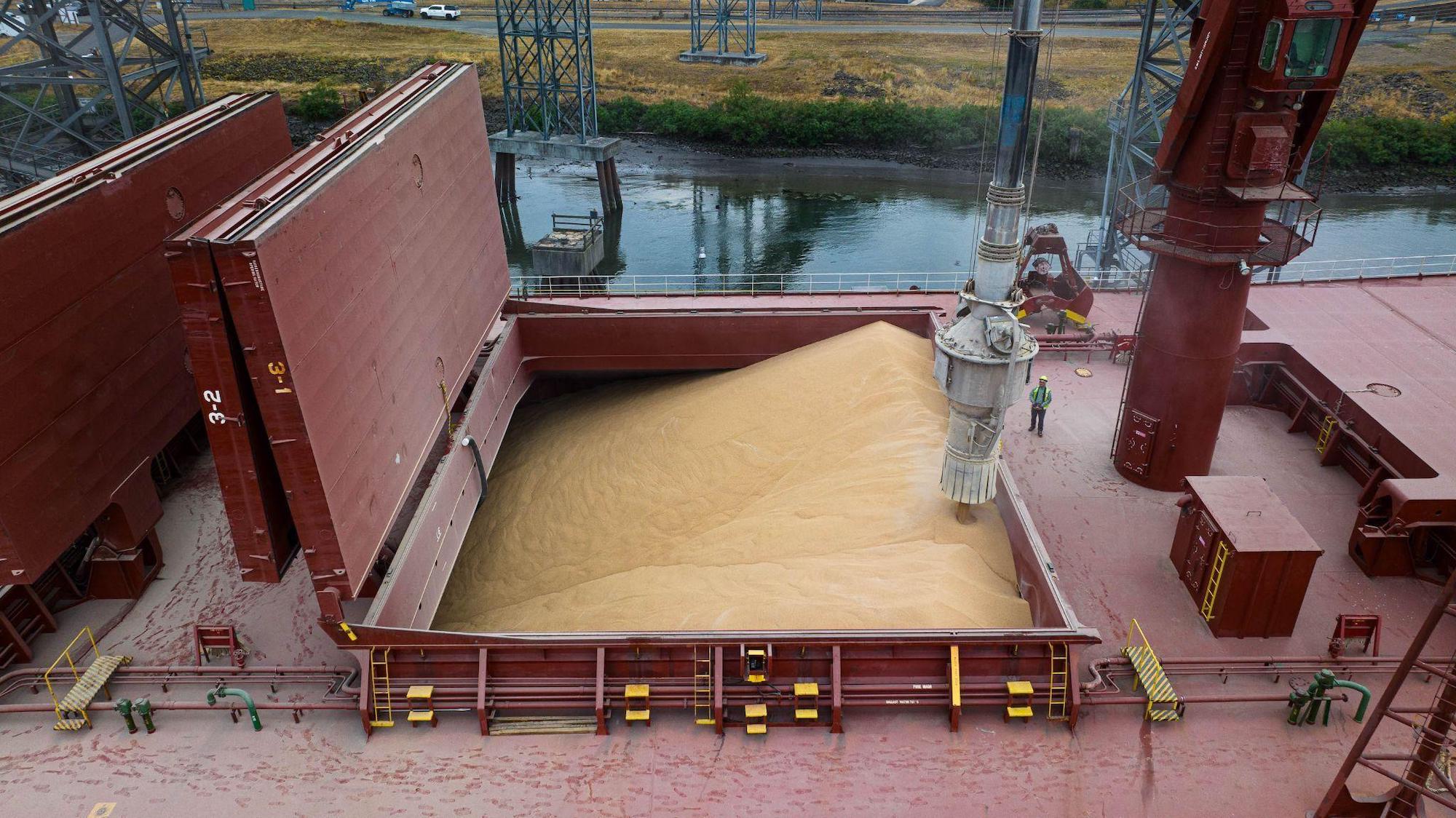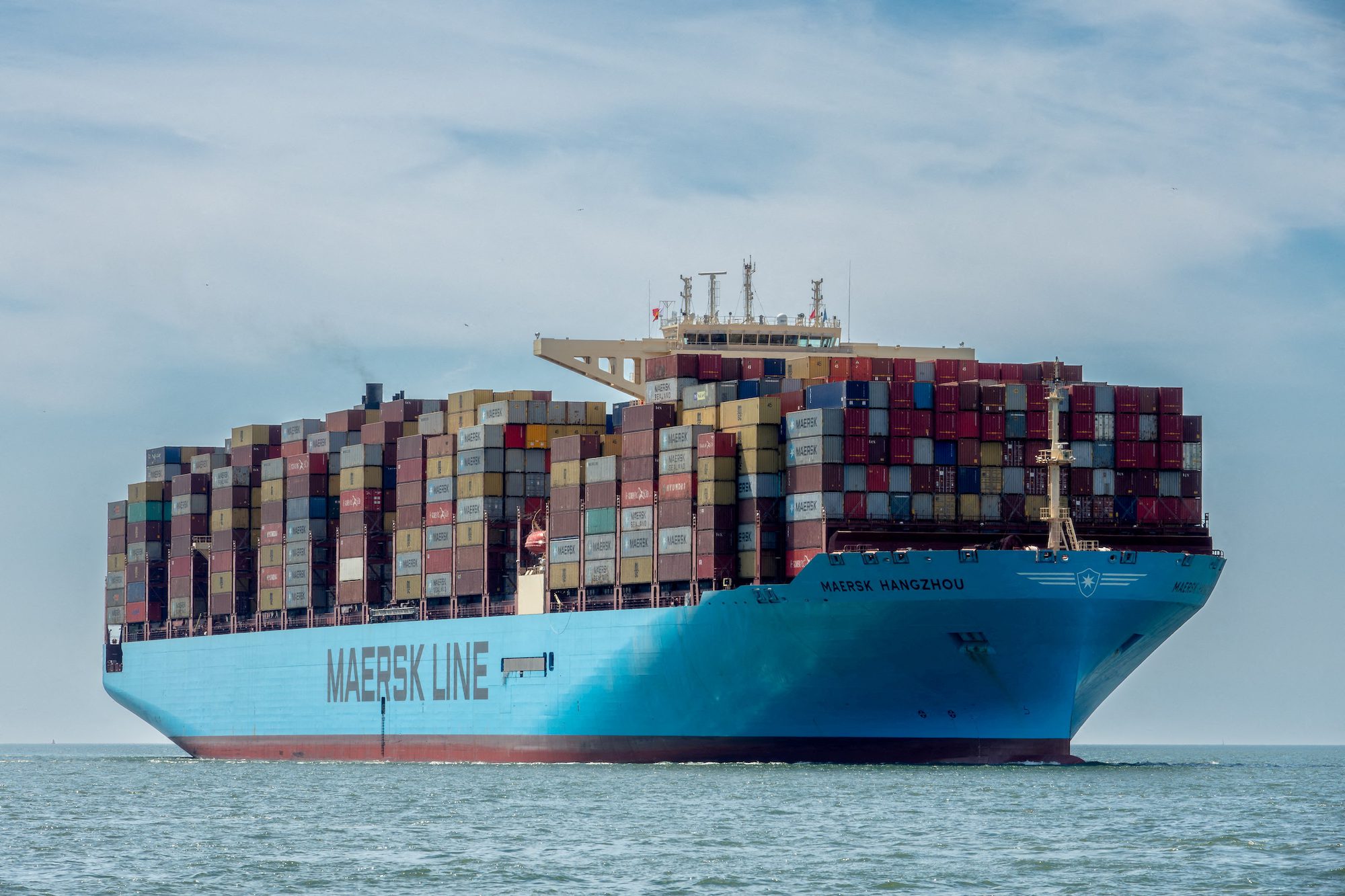A bicameral group of lawmakers has introduced legislation to transfer the administration of the Food for Peace Program from USAID to the U.S. Department of Agriculture (USDA), a move that could significantly impact maritime shipping.
The Food for Peace Program, which delivered nearly 4 billion pounds of American-grown food to approximately 58 million people globally in 2022, relies heavily on maritime transportation for its operations. Under the Cargo Preference Act of 1954, at least 50% of all food aid shipments must be transported on U.S.-flagged commercial vessels, supporting the U.S. Merchant Marine while delivering vital humanitarian assistance.
The proposed legislation, backed by Republicans in both the House and Senate, has gained support from key maritime stakeholders, including American Maritime Officers, Liberty Maritime Corporation, International Organization of Masters, Mates & Pilots, the Transportation Institute, and National Shipping of America, among others.
The program’s transportation infrastructure is extensive, utilizing multiple shipping methods to ensure efficient delivery. USAID currently operates prepositioning warehouses in strategic locations across the world. Major U.S. loading ports include Houston, New Orleans, and Norfolk.
Last week, nearly $560 million worth of undelivered American-grown food was at risk of spoiling at ports and warehouses due to the Trump Administration’s pause on international assistance. The situation was resolved days later, when the State Department authorized aid organizations to resume shipping and distribution.
“By moving this program closer to the producers who grow these crops, we can help reduce waste and make certain our farmers have access to this valuable market,” said Senator Jerry Moran (R-Kan.). “Food stability is essential to political stability.”
The program employs various transportation methods beyond ocean shipping. While maritime transport remains primary, the logistics chain includes inland transportation via trucks, railways, barges, and even air freight when deemed necessary.
The transfer would align Food for Peace with other USDA-administered international food assistance programs, including Food for Progress and the McGovern-Dole Food for Education program.
For the past 70 years, the program has been instrumental in combating international hunger, reaching more than 4 billion people across 150 countries.
In 2023, U.S. Representatives Tracey Mann (KS-01), John Garamendi (CA-08), Rick Crawford (AR-01), and Jimmy Panetta (CA-19) introduced the American Farmers Feed the World Act of 2023 that would ensure that U.S.-grown commodities remain the cornerstone of international food aid. The act mandates that at least 50% of all food aid shipments be transported on U.S.-flagged vessels, in line with the Cargo Preference Act of 1954.
The proposed legislation also prohibits the use of cash transfers, food vouchers, or purchasing food from foreign sources for international food assistance. By focusing exclusively on U.S.-grown commodities, the act increases the volume of goods requiring maritime transport, thereby benefiting U.S. shipping interests.

 Join The Club
Join The Club











